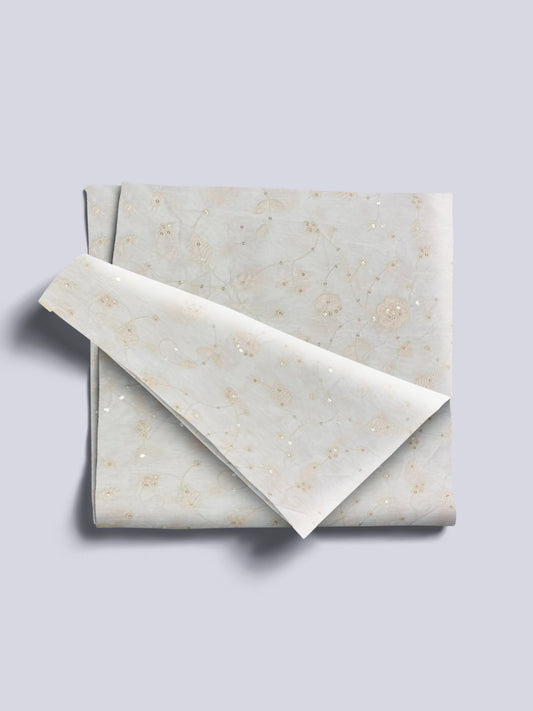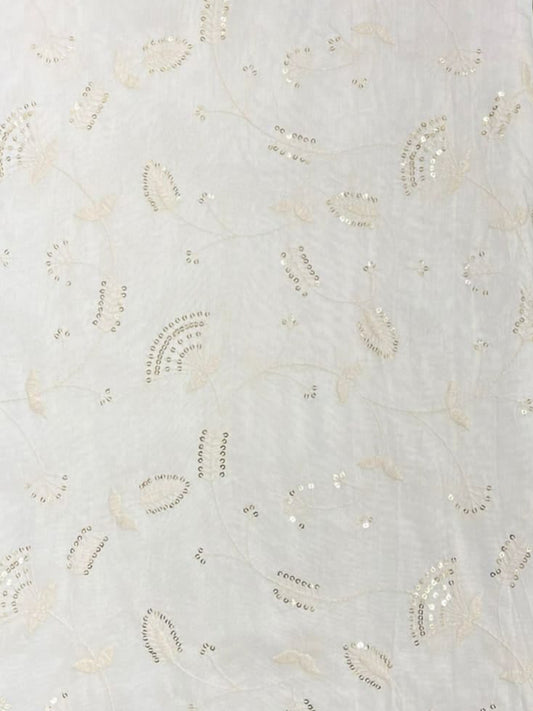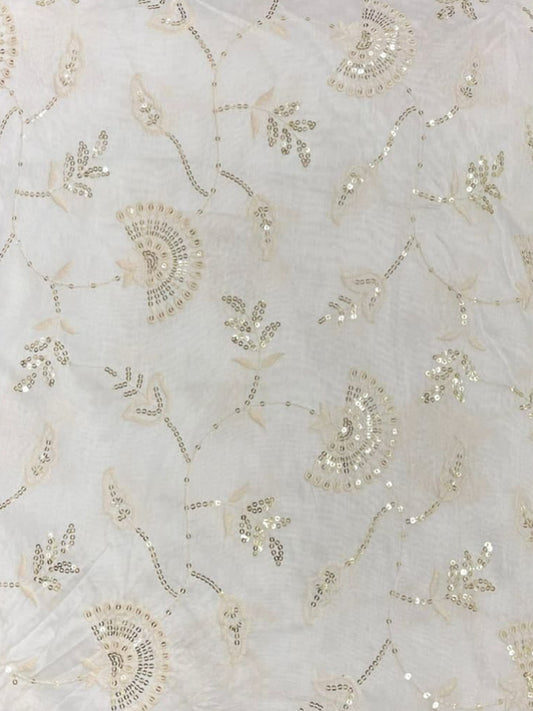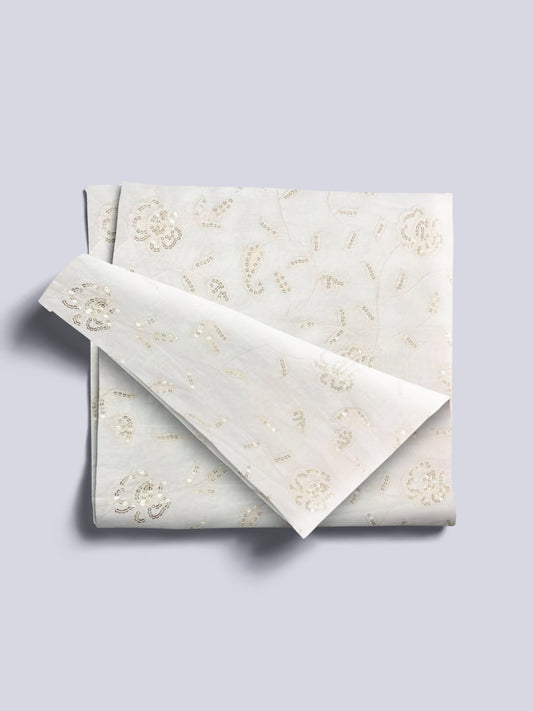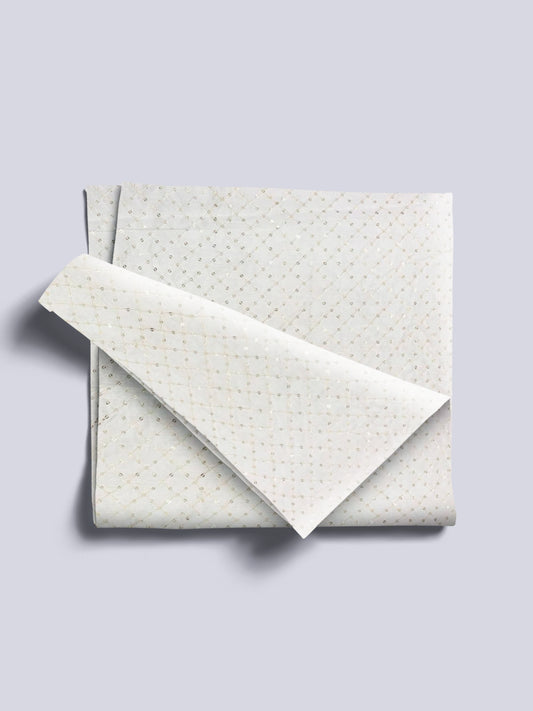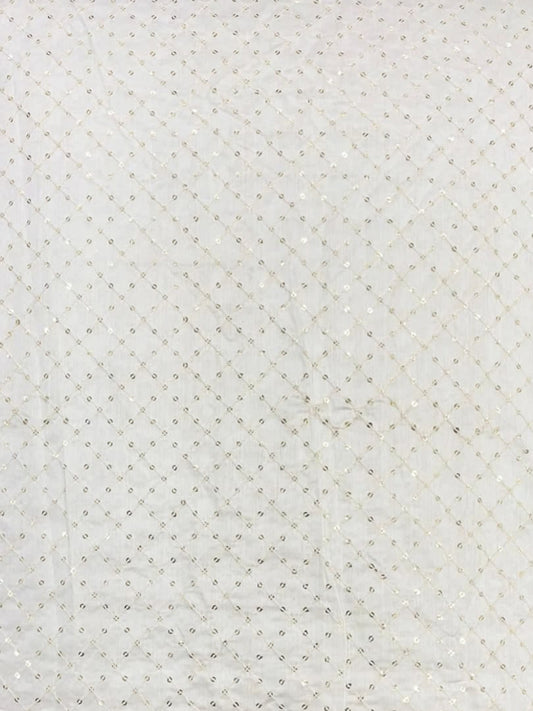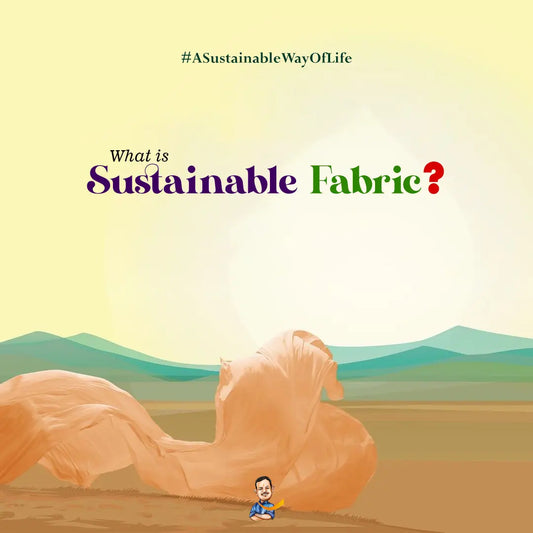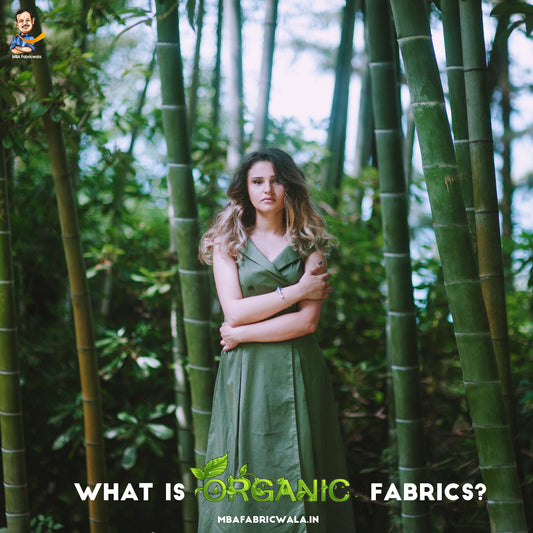In the dynamic world of fashion, trends come and go, but one aspect remains constant – the enduring allure of natural fibers. From the exquisite softness of silk to the rugged durability of hemp, natural fibers have captivated designers and consumers alike for centuries. In this blog, we delve into the realm of natural fibers, exploring their types, properties, and their significant role in the global fashion industry.
Understanding Natural Fiber Types
1. Animal Fiber Fabric:

Animal fibers, derived from animals such as sheep, goats, camels, and rabbits, offer unparalleled warmth, softness, and luxury. Here are some prominent examples:
- Wool: Known for its insulating properties, wool is widely used in winter wear and high-end suiting.
- Silk: Renowned for its lustrous appearance and smooth texture, silk is a symbol of elegance and sophistication.
- Cashmere: Prized for its exceptional softness and warmth, cashmere is a luxurious choice for sweaters and scarves.
- Yak: With its robust yet soft fibers, yak wool is a favorite in cold climates.
- Mohair: Derived from the Angora goat, mohair is valued for its sheen and resilience.
- Camel Hair: Offering both warmth and breathability, camel hair is favored for coats and outerwear.
- Alpaca: Known for its softness and hypoallergenic properties, alpaca fiber is used in luxury knitwear.
- Llama: Llama wool is prized for its strength and durability, making it ideal for rugs and upholstery.
- Qiviut: Extracted from the muskox, qiviut is one of the finest and warmest natural fibers.
- Vicuña: Considered one of the rarest and most luxurious fibers, vicuña wool is coveted for its softness and rarity.
- Angora: Soft and fluffy, angora fiber adds a touch of luxury to sweaters and accessories.
- Horsehair: Known for its resilience and durability, horsehair is used in upholstery and hatmaking.
2. Plant Fiber Fabric:
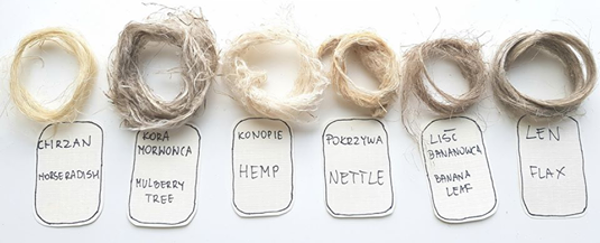
Plant fibers, sourced from plants such as cotton, flax, and bamboo, offer breathability, sustainability, and versatility. Here are some notable examples:
- Cotton: The most widely used natural fiber, cotton is prized for its softness and breathability, making it suitable for a wide range of garments.
- Flax (Linen): Renowned for its crisp texture and cool feel, linen is a popular choice for summer clothing and home textiles.
- Coir: Made from coconut husks, coir fiber is durable and resistant to moisture, making it ideal for rugs and mats.
- Hemp: Known for its strength and eco-friendly properties, hemp is gaining popularity in sustainable fashion.
- Jute: With its natural golden hue and silky texture, jute is used in bags, rugs, and home décor.
- Ramie: Similar to linen, ramie fiber is strong, absorbent, and resistant to wrinkles, making it suitable for warm-weather clothing.
- Bamboo: Celebrated for its softness and sustainability, bamboo fiber is used in a variety of clothing and textiles.
- Sisal: Known for its strength and durability, sisal fiber is commonly used in rugs, ropes, and twines.
- Abaca: Also known as Manila hemp, abaca fiber is prized for its strength and flexibility, making it ideal for cordage and paper products.
- Kapok: A lightweight and buoyant fiber, kapok is used as a stuffing material in pillows and mattresses.
The Influence of Natural Fibers in Fashion
Natural fibers have a profound impact on the fashion industry worldwide, influencing design trends, sustainability efforts, and consumer preferences.
India:
In India, natural fibers such as cotton, silk, and jute have been integral to traditional textiles for centuries. With a growing emphasis on sustainability, Indian designers are increasingly incorporating eco-friendly fibers like hemp and bamboo into their collections.
UK:
The UK has a rich heritage of textile manufacturing, with wool and tweed being iconic fabrics synonymous with British style. In recent years, there has been a resurgence of interest in natural fibers and artisanal craftsmanship, driving demand for locally sourced wool and organic cotton.
USA:
In the United States, natural fibers play a significant role in the fashion landscape, with cotton being a staple crop in states like Texas and California. With an increasing focus on sustainability and ethical production, American brands are exploring innovative uses of natural fibers and embracing eco-friendly practices.
Canada:
Canada's diverse climate has inspired a range of natural fiber innovations, from warm woolen sweaters to lightweight linen garments. Canadian designers are championing sustainable fashion initiatives and promoting the use of organic and locally sourced fibers.
Australia:
Known for its wool industry, Australia produces some of the finest merino wool in the world. Australian fashion brands are renowned for their commitment to ethical wool production and sustainable practices, showcasing the versatility of natural fibers in modern fashion.
Japan:
In Japan, traditional textile techniques like sashiko stitching and indigo dyeing highlight the beauty of natural fibers such as cotton and silk. Japanese designers are renowned for their attention to detail and reverence for natural materials, creating timeless garments that celebrate craftsmanship and authenticity.
Germany, France:
In Europe, countries like Germany and France have a long history of textile production, with a focus on quality and craftsmanship. Natural fibers are prized for their superior quality and eco-friendly credentials, with luxury brands incorporating silk, wool, and linen into their collections.
Embracing the Beauty of Natural Fibers
In a world increasingly dominated by synthetic materials, the enduring appeal of natural fibers continues to captivate designers, consumers, and eco-conscious individuals. From the sumptuous softness of silk to the rustic charm of hemp, each natural fiber tells a story of sustainability, craftsmanship, and timeless elegance. As we strive towards a more sustainable future, let us embrace the beauty and versatility of natural fibers in our fashion choices and celebrate the rich heritage of textile craftsmanship that they represent.
With this comprehensive guide, we hope to inspire a deeper appreciation for the remarkable diversity and enduring allure of natural fibers in the global fashion industry.
